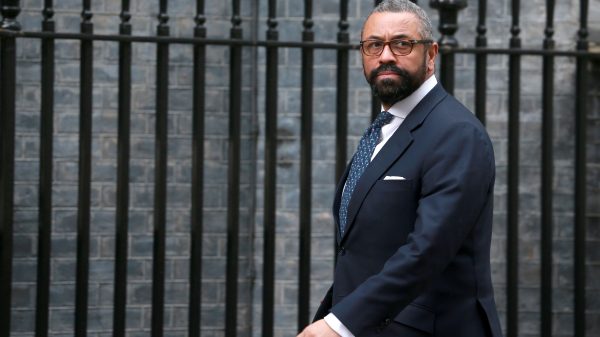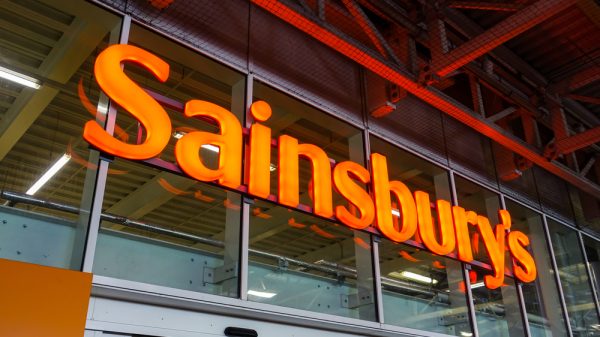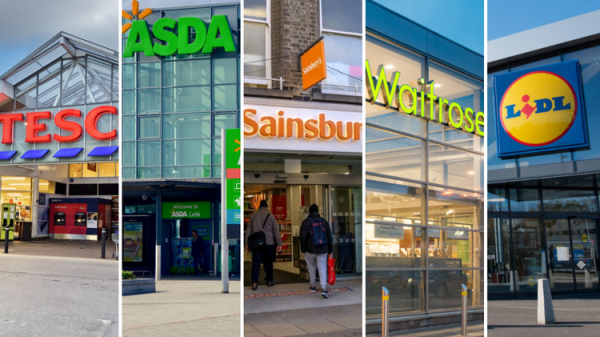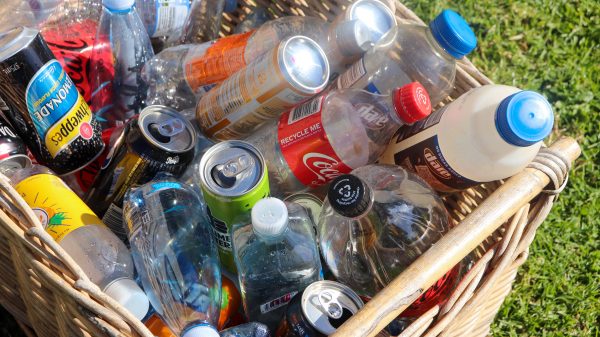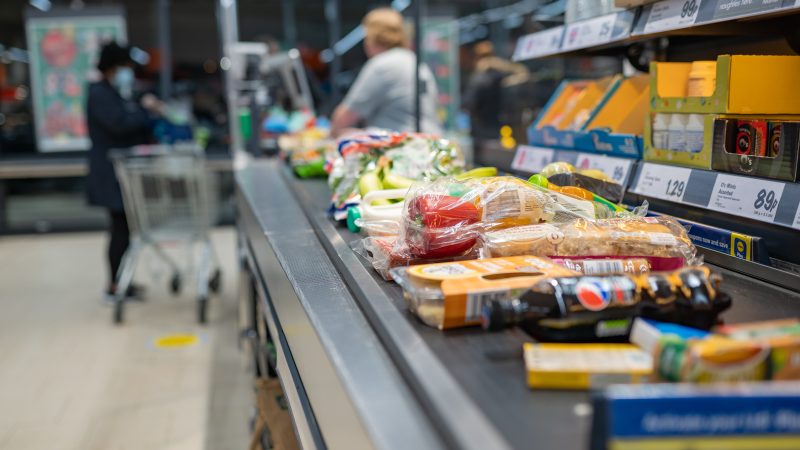England’s most deprived areas are the worst hit by the cost-of-living crisis, official data has revealed.
According to the latest survey from UK statistics authority the Office for National Statistics (ONS) people living in England’s most deprived districts spent less on food and essentials in the fortnight up to 20 November.
The data exposed divisions across the country in terms of how people are being affected by higher living costs, with over half (58%) spending less on food and other essentials compared with a third of those in least deprived areas.
Subscribe to Grocery Gazette for free
Sign up here to get the latest grocery and food news each morning
The findings come as food price inflation hits a new peak of 12.4% according to the BRC-Nielsen Shop Price Index.
A significant increase on October’s rate of 11.6%, the new figure marks the highest food inflation rate since records began in 2005.
The ONS discovered that people living in the most deprived fifth of areas in England were more likely to be worried about the rising cost of living, at 84%, compared with 70% of those in the least deprived areas.
However, those living in the least deprived areas of England appeared more likely to have made energy efficiency improvements to their home – compared with less than a quarter of those living in the most deprived areas.
There was also a stark contrast between levels of concern over the ability to afford energy bills, as prices soared for households across the UK.
Around 60% of people living in the most deprived fifth of areas of England said they found it difficult to pay energy bills in the latest period in November, and 10% said they were behind on their bills.
“Inflation is bad for the least well-off generally and this inflation is particularly bad,” governor of the Bank of England, Andrew Bailey said earlier this month.
Bailey said that higher inflation was hitting lower income households harder because a bigger proportion of their spending went on essentials such as food and energy.
“The reason is that it’s concentrated on energy and food – these are the essentials of living,” Bailey added.





